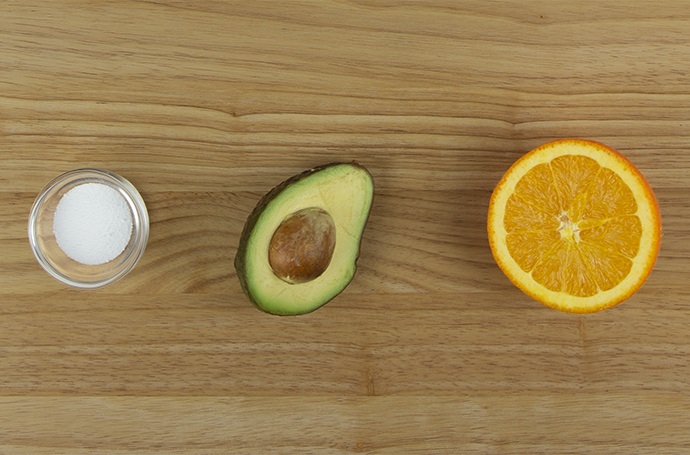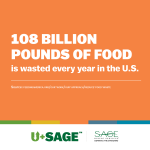Raising Food Allergy Awareness
Nutrition, Allergies
Each May, Food Allergy Research & Education (FARE) uses a week to encourage others to partake in activities, events, and education to help raise food allergy awareness. This year, Food Allergy Awareness Week runs May 10-16. Food allergies are severe and sometimes life-threatening conditions that affect more than 32 million Americans, with 1 in every 13 children having a food allergy, according to FARE. In the United States, the top eight allergens are peanuts, tree nuts, milk, egg, fish, shellfish...
Easy At-Home Cooking with Canned and Frozen Foods
Nutrition
While you’re spending more time at home, you might think you should be making meals from scratch, using fresh foods each time. Guess again! Canned, frozen, and even prepared foods that you may already have in your pantry or freezer can be a quick way to feed your family, and they can pack a nutrient-dense punch too! Both canned and frozen fruits and vegetables are often picked at their peak freshness and ripeness. This means they still taste great and...
Goals to Improve Global Health
Nutrition
The EAT-Lancet Commission looks at the link between diet, human health, and environmental sustainability. These professionals from around the world published a 2019 report about final consumption (healthy diets) and production (sustainability). Per the report, more than 820 million people in the world still don’t have enough food, those eating lots of food are increasing their risk of morbidity and mortality, and global food production is a primary reason for climate change and environmental decline. The commission’s goal is that...
Food Additives from A-Z: A
Nutrition
To clear up some of the mysteries behind common food additives, SAGE’s Registered Dietitians are explaining what they are and how they function. This part of our ongoing series covers a few common additives that start with A. Acesulfame potassium (acesulfame-K, Ace-K) This is one of the most common zero-calorie sweeteners. It’s about 200 times sweeter than sugar, and it’s as sweet as aspartame. Ace-K is often combined with other artificial sweeteners to create a flavor that’s closer to that...
The Power of Produce
Nutrition
New nutrition trends pop up almost daily, but one thing that has never changed is the recommendation to eat more fruits and vegetables! Physicians, dietitians, and parents have repeated this message — and it’s supported by science. The Dietary Guidelines for Americans recommend consuming about 5 cups of a variety of fruits and vegetables every day. Yet most people fall short. Only 12% of adults and 40% of children regularly meet daily fruit recommendations, and only 9% of adults and...
From Our Dietitians: Replacing Eggs with Aquafaba
Nutrition, From Our Kitchen, From Our Chefs
When you use canned beans, you probably pour the liquid in the can down the drain. But did you know that you can use it in recipes? The liquid, called aquafaba, can function as an allergen-free, vegan egg replacer. Aquafaba is created when beans are cooked. As the beans cook, the starches absorb water, which makes them expand and then break down. As the starches break down, they release into the water along with a small amount of protein, sugars...
From Our Dietitians: The Snacking Trend
Nutrition, From Our Kitchen, From Our Chefs
Snacking, or consuming food between “typical” meals, has continued to grow in popularity over the years, with people turning more and more to smaller, more frequent meals. According to 2019 research from the International Food Information Council Foundation, 57% of those surveyed reported snacking at least once daily, with 97% snacking at least once weekly. As nearly everyone joins in on the snacking trend, let’s look at some of the reasons to snack — one of the biggest is hunger...
From Our Dietitians: Supporting Your Immune System
Nutrition
Protein; vitamins A, C, and E; zinc; and probiotics are some of the many nutrients that come together to support the immune system. To get these nutrients: Eat a balanced diet of proteins (meat, seafood, eggs, beans, and peas), carbohydrates (especially whole grains), and fats (especially in seeds and oils). Choose a variety of fruits and vegetables in different colors. Try to include a fruit or vegetable at every meal or snack. Add in some fermented foods and drinks, such...






